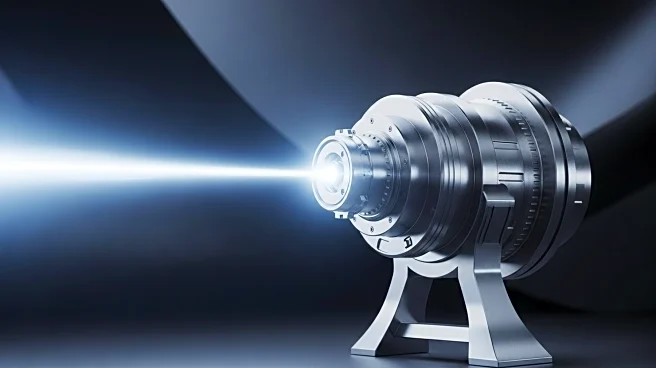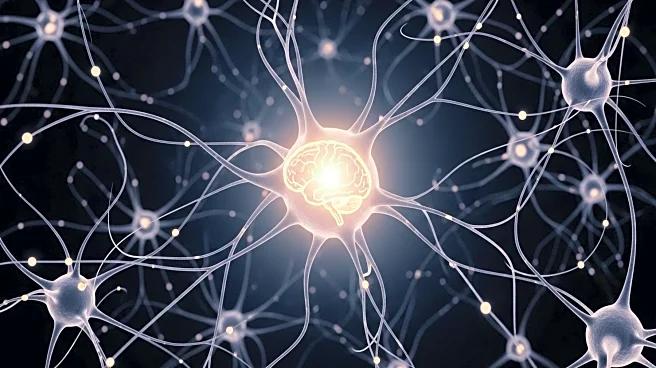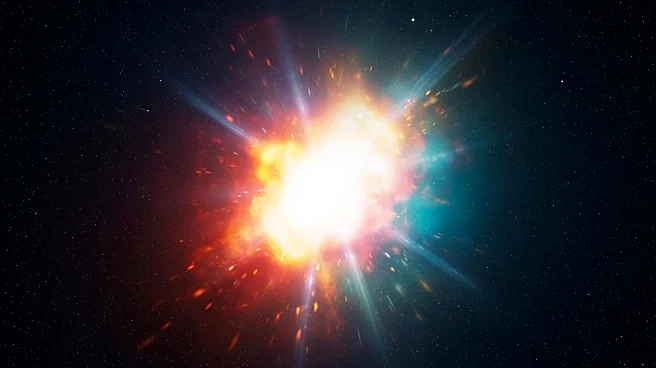What's Happening?
Researchers at Heinrich Heine University Düsseldorf, led by Professor Stephan Schiller, have achieved unprecedented precision in measuring the proton-to-electron mass ratio using Doppler-free laser spectroscopy on the molecular hydrogen ion, H₂⁺. This breakthrough allows for more accurate testing of the Standard Model and opens possibilities for discovering new physics. The research, published in Nature, highlights the potential for identifying unknown forces or particles by comparing experimental measurements with theoretical predictions.
Why It's Important?
This advancement in precision physics is significant as it enhances our understanding of fundamental constants and the forces that govern the universe. The ability to measure the proton-to-electron mass ratio with such accuracy could lead to discoveries beyond the Standard Model, potentially revealing new forces or dimensions. This research not only confirms existing theories but also challenges them, providing a platform for future explorations into the fundamental nature of matter and the universe.
What's Next?
The research team plans to continue refining their measurement techniques to further test fundamental symmetries, such as CPT invariance. Future experiments may involve comparing transitions in H₂⁺ with its antimatter counterpart, anti-H₂⁺, to explore matter-antimatter asymmetry. These efforts could lead to groundbreaking discoveries in particle physics and cosmology, reshaping our understanding of the universe's origins and the laws governing it.











